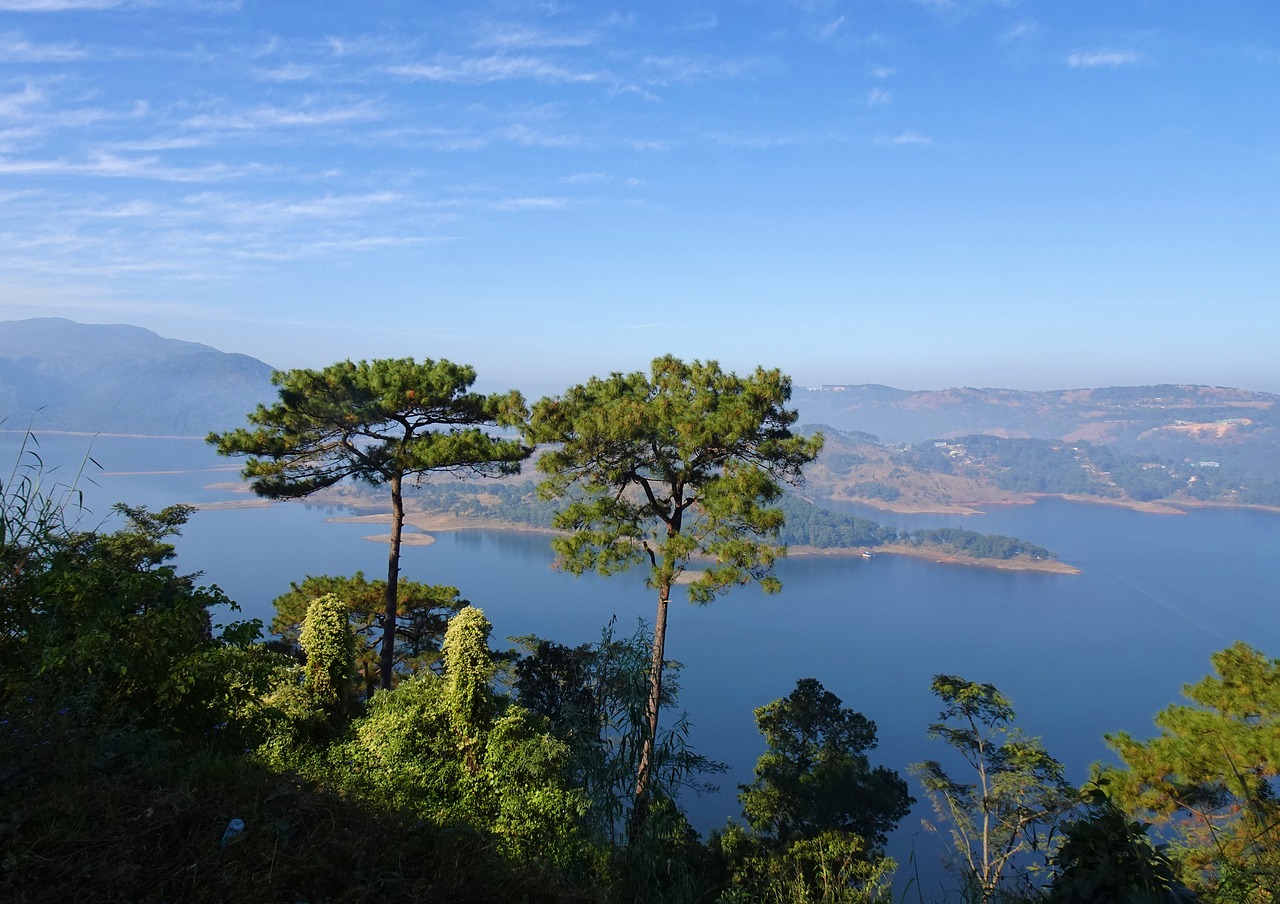Inputs by Ishaan Kaila
Meghalaya, Manipur, and Tripura celebrate their 50th Statehood Day today.
This means that all three states have been states for the past 50 years. Even though India got independence in 1947, all the states and union territories of India were not finalised on that day. In fact, the political map of India has been changing over the years.
First, let’s understand the background of the formation of these states.
How the States were formed
In 1947, India was partitioned. 2 countries were formed – India and Pakistan. The British lands were divided by the British. The border between India and Pakistan was drawn by Sir Cyril Radcliffe. It is still called the Radcliffe line.
But, the British did not directly control the entire area that we know as India. According to this map from the Historical Atlas of India by C. Collin Davies (Oxford University Press, May 1949, declassified in 2012), the areas in white were British dominions and the striped areas were princely states, largely independent.

The princely states were free to join either India or Pakistan, or even to try and remain independent.
It was then that the Iron man of India, Sardar Patel, set out to unite the princely states of India.
552 princely states joined india and 13 joined Pakistan. Assam formed most of the northeast.
The kings of Tripura and Manipur signed the Instrument of Accession in favour of India and were merged with the Indian state of Assam (Assam is also known as Kamrup(a)) in the late 1940s. Other than a few tribal areas that were autonomous, Meghalaya was a part of British India and joined India on Independence Day.

Since the North East is a culturally diverse land, the various communities wanted their own states.
In 1972, Assam was split under the North-East Reorganisation Act,1972. All three states mentioned above were carved out of Assam and they attained statehood on the same day.
Statehood Day Events
The president of India(Ram Nath Kovind), Prime minister of India(Narendra Modi), and Union Minister(Amit Shah) all congratulated the states on achieving their Golden Anniversary.
The Chief Minister of Manipur, Shri N. Biren Singh, released a commemorative stamp on the golden Statehood Day today.
About the Three States
Manipur, Meghalaya, and Tripura are among the most beautiful states of India. Most communities in this region are matriarchal (where the mother is the official head of the family).
Manipuri is one of India’s traditional dances and it has a vibrant culture of performing arts.
Meghalaya has many distinctions to its credit. The wettest place in the world, Mawsynram, with an average annual rainfall of more than 11,500 mm (that’s an average of 31 mm of rain every day!) is in Meghalaya. So is the cleanest village in Asia, Mawlynnong Village.
The Living Roots Bridge is another natural marvel, as is the Umangot River, which is almost entirely transparent and is very popular among tourists.
Tripura has a very rich history – going back almost 5 millennia (a thousand years is called a millennium) and the history of their dynasties deserves special mention.








